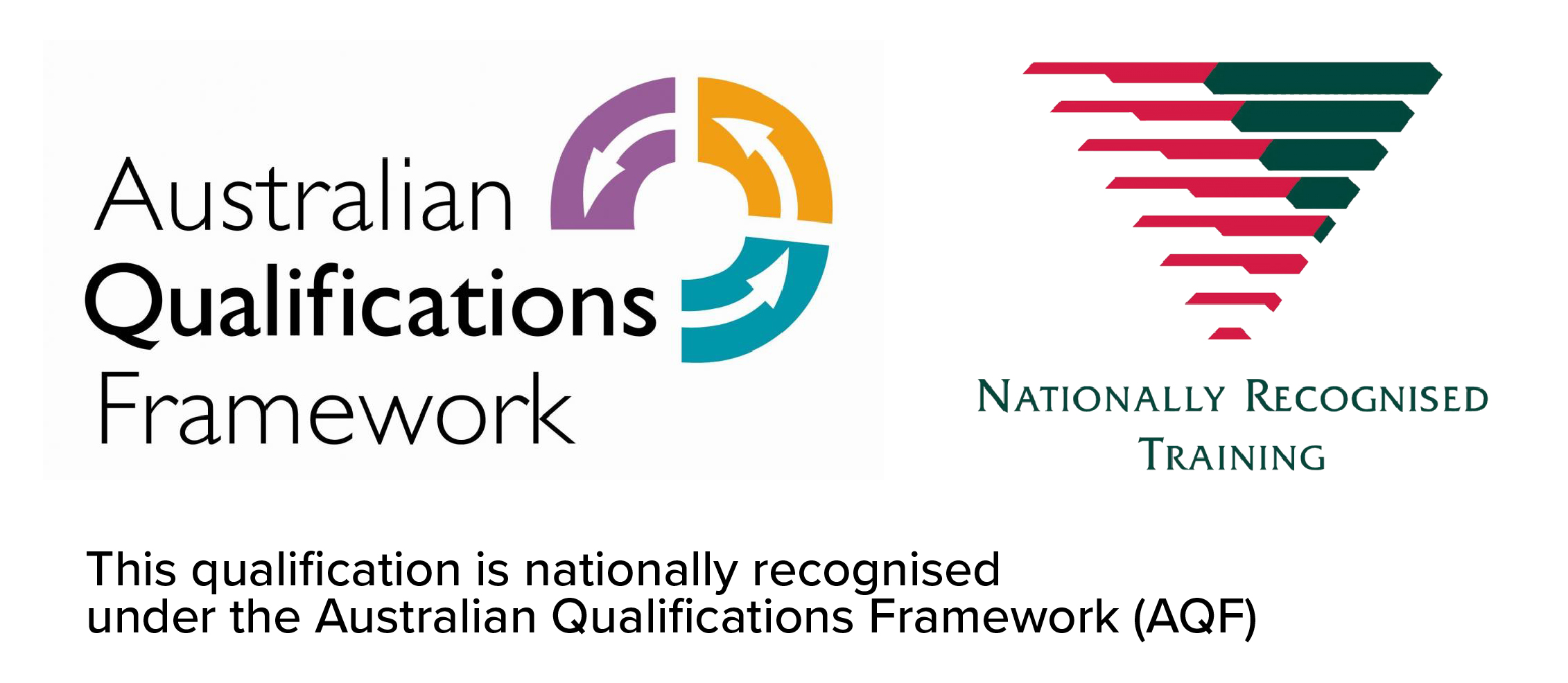
RII60520
Advanced Diploma of Civil Construction Design
This qualification in civil and structural engineering design provides you with the skills and knowledge to work on various public infrastructure building projects such as roads, railways, buildings, water reservoirs, subdivisions, airports, bridges, sewer systems, tunnels, dams and other public works. You will study and gain skills in the design and construction of civil works.
You will also learn several engineering drafting standards and receive exposure to computer-aided design (CAD) programs selected including AutoCAD, Civil 3D, Revit and Microsoft Project.
This course will provide you with the knowledge and skills needed for the roles of senior civil works designer or para-professional designer who support professional engineers.
-
Duration: 104 Weeks (2 years) OR
26 Weeks (6 months) after completion on RII50520 Diploma of Civil Construction Design * - Delivery Mode: Face-to-face (classroom based)
- Location: Perth City
- Course CRICOS Code: 110235K
Course Overview
This qualification in civil and structural engineering design provides you with the skills and knowledge to work on various residential and commercial building projects. You will study and gain skills in the design and construction of civil works.
This course will provide you with the knowledge and skills needed for the roles of senior civil works designer or para-professional designer who support professional engineers.
You will gain knowledge and skills in:
- Managing civil works design processes
- Using CAD software to produce drawings for building design projects
- Applying safe design principles to control WHS risks
- Preparing detailed geotechnical design
- Develop and implement business plans
- Preparing detailed designs of civil concrete and steel structures
- Managing project scope, time and risks
- Establishing and maintaining a quality system
- Managing team effectiveness
You will also learn several engineering drafting standards and receive exposure to computer-aided design (CAD) programs selected including AutoCAD, Civil 3D, Revit and Microsoft Project.
Career Prospects
Job roles and titles vary across different industry sectors. Possible job titles relevant to this qualification include:
- Civil Engineering Draftsperson
- Civil Engineering Designer
The demand for Civil Engineering Professionals is expected to grow very strongly over the next five years. The number of Civil Engineering Professionals is likely to increase approx. 13.4% in the next 5 years.
* www.joboutlook.gov.au. Job Outlook is an initiative of the Australian Government National Skills Commission. Job Outlook provides information about Australian careers, labour market trends and employment projections. Accessed on 05 July 2022.
Entry Requirements
To check the academic entry requirements, refer to the Entry Requirements web page.
Course Structure
To complete RII60520 – Advanced Diploma of Civil Construction Design, a total of 12 units must be completed.
Computer-Aided Design
- MEM30031 Operate computer-aided design (CAD) system to produce basic drawing elements
- MEM30032 Produce basic engineering drawings
Project Management
- BSBPMG530 Manage project scope
- BSBPMG531 Manage project time
- BSBPMG632 Manage program risk
- BSBTWK502 Manage team effectiveness
Civil Design Principles and Processes
- RIICWD601E Manage civil works design processes
- BSBWHS616 Apply safe design principles to control WHS risks
- RIIQUA601E Establish and maintain a quality system
Civil Construction Design and Drafting
- RIICWD533E Prepare detailed design of civil concrete structures
- RIICWD534E Prepare detailed design of civil steel structures
- RIICWD509E Prepare detailed design of urban roads
Notes: Course structure, units and content are subject to change during the delivery period due to a change in legislative requirements or due to NIT’s course review process.
Fees & Intake Dates
An International Student is a person who:
- is not a Citizen or a Permanent Resident of Australia; and
- either holds a valid Australian student visa or intends to apply for an Australian student visa before the commencement of the course.
All international students who intend to study in Australia on a student visa require a Confirmation of Enrolment (CoE). The CoE (Confirmation of Enrolment) is an official document generated via PRISMS (Provider Registration and International Student Management System) that provides important information about your enrolment status. This document is required to be submitted to the Department of Home Affairs before applying for a student visa.
You must have a valid CoE at all times while you are studying on a student visa.
A Domestic Student is a person who is:
- a Citizen of Australia; or
- a Permanent Resident of Australia; or
- a Citizen of New Zealand; or
- a holder of an Australian Visa (other than a Student Visa) that allows them to study in Australia with no limitations on study.
Domestic students do not require a CoE (generated via PRISMS) as they do not need to apply for a student visa. They are provided with an enrolment confirmation from NIT via email, once their enrolment is finalised. Note: If you are a holder of an Australian visa, other than a student visa, you must have sufficient remaining duration on your visa to complete your studies at the National Institute of Technology from the date of your course commencement. Check course durations on the relevant course pages on the NIT’s website.
Important Information
- All students studying at NIT are required to bring their laptops that meets the minimum system requirements specified in NIT’s Bring Your Own Device (BYOD) policy.
- Students also must have access to a high-speed internet connection – broadband wired or wireless (5G/4G/LTE) – Minimum bandwidth requirement is 5/3 Mbps (download/upload speed).
- Students are also required to bring their own notebooks, stationery and USB storage media. NIT may lend laptops to students for on-campus use only based on a first-come-first-served basis.
This course involves a number of learning and assessment methods. Typically, the learning methods may include Presentations and discussions, Demonstrations, Individual and group activities, Skills practice, Role plays, Case studies, Simulated scenarios, and Research activities.
Assessment methods generally include Practical Observation of Tasks, Written or Oral Questioning, Case Studies, Role Plays, Reports, Research Projects, Presentations, etc.
Recognition of Prior Learning (RPL)
If you think that you have already gained the skills and experience for a unit or entire qualification, you can apply for RPL to get recognised as competent for parts or a whole nationally recognised qualification. Not everyone will get credited for their skills and knowledge. Successful applicants will need to demonstrate a reasonable amount of experience in the area their course covers. Contact us to know more about our RPL process.
Before making an application to study at National Institute of Technology, you must read the information provided for International Students in NIT Student Handbook & Policies webpage.



Have Questions About This Course?
We’re here to help! If you have any questions about the course content, admission requirements, or enrollment process, feel free to reach out to us. Our admissions team will be happy to assist you.
Student Testimonials
Watch Real Stories
About the National Institute of Technology
National Institute of Technology (NIT) is a progressive and highly regarded training provider of industry- focused education, empowering students with practical skills and real-world knowledge. Join us to accelerate your ICT career with confidence and competence. Some of our industry partnerships and affiliations* include:

*NIT is an accredited partner with the Australian Computer Society (ACS) and Engineers Australia to deliver ACS and EEA Professional Year Programs

